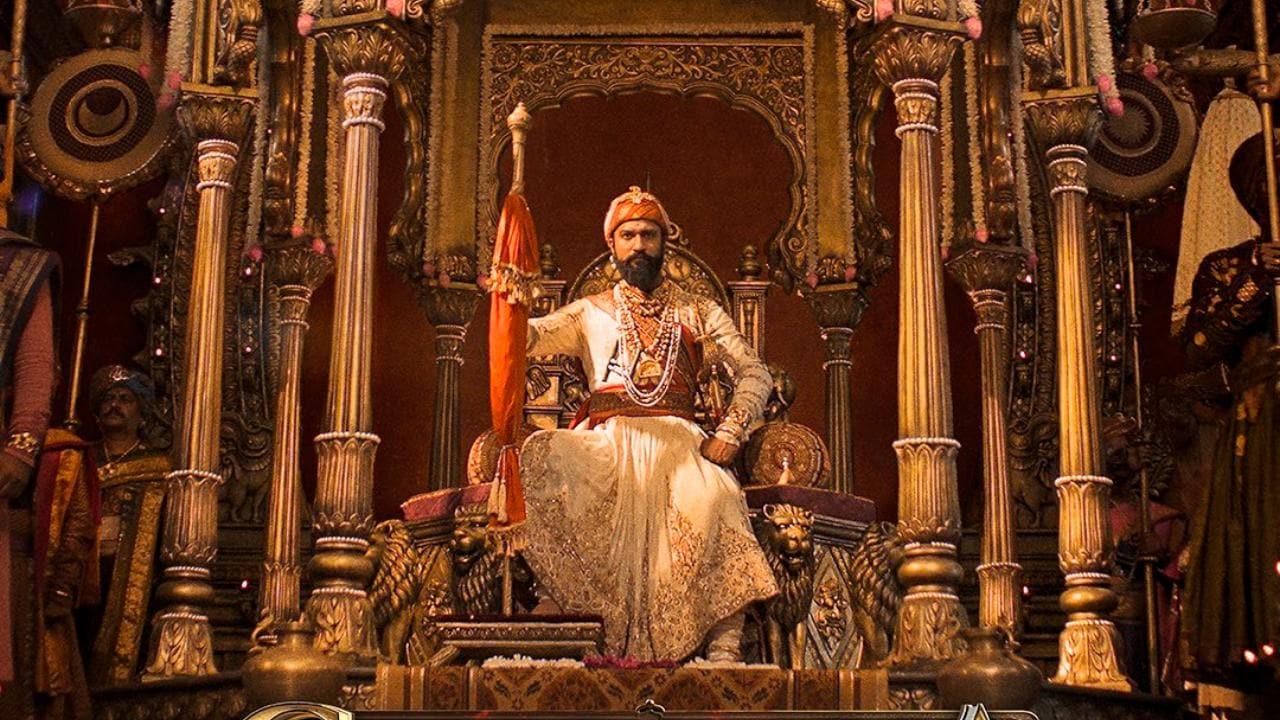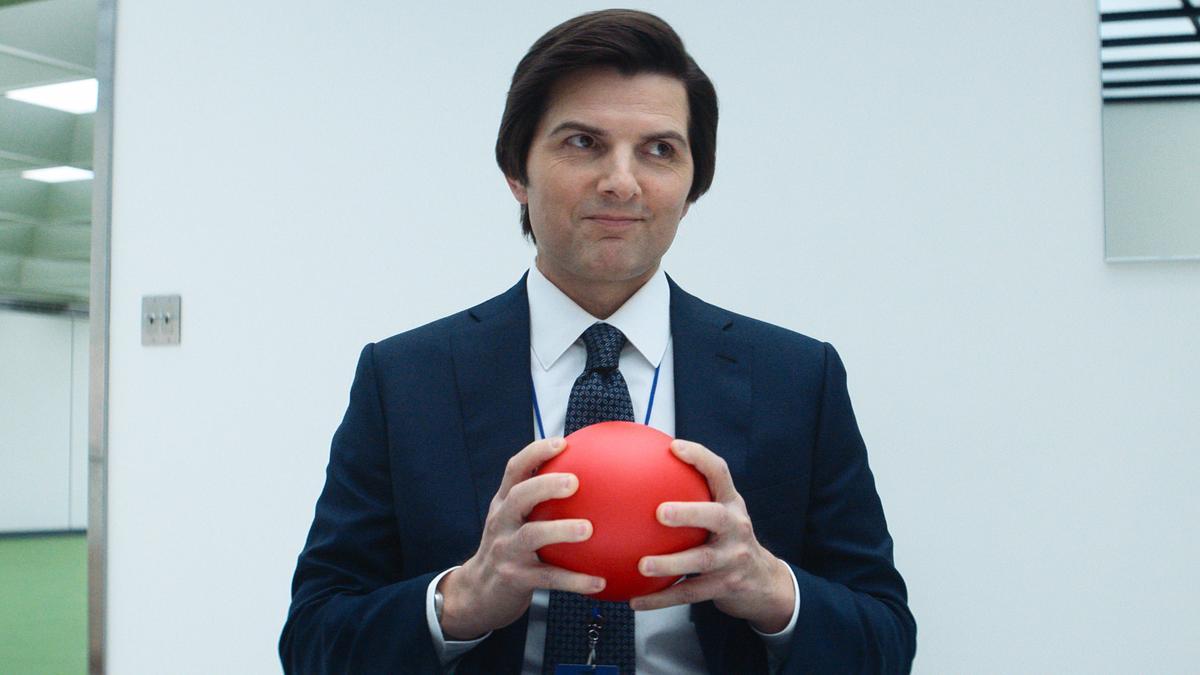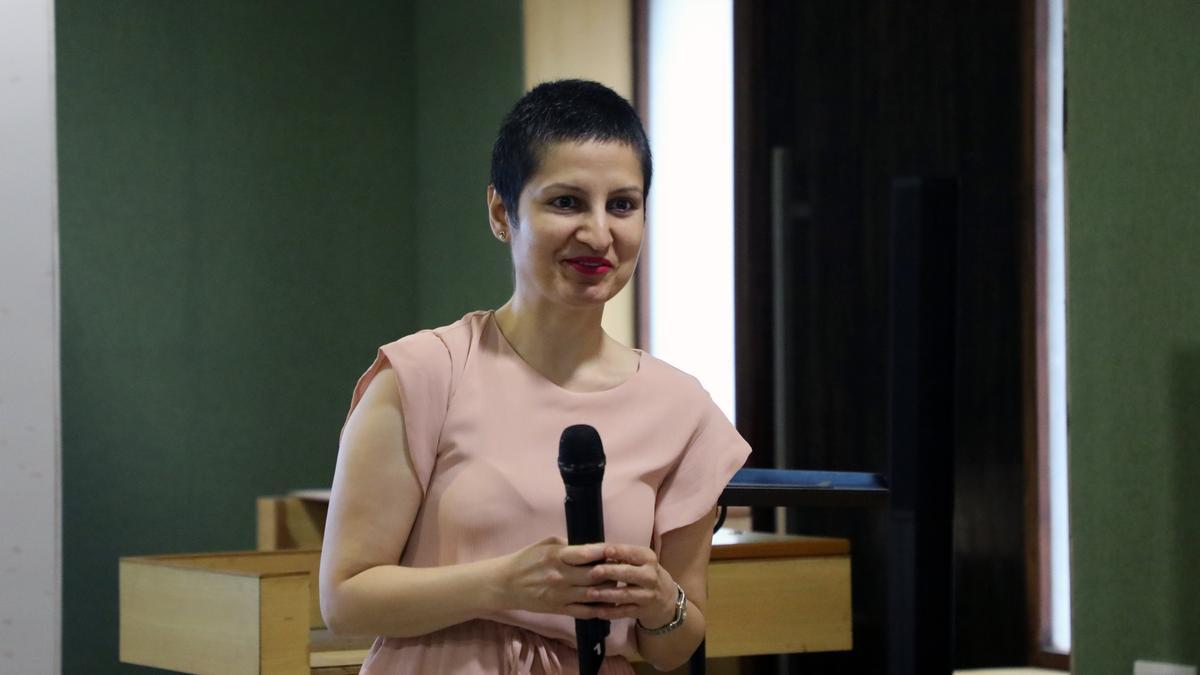
Commemorations of India’s ‘Nightingale’, the revered singer Lata Mangeshkar, stir fond remembrances among her admirers and colleagues alike. On her death anniversary in 2024, Saira Banu, the widow of another monument of Indian cinema, the late actor Dilip Kumar, chose to share a treasured aspect of Lata Mangeshkar far from the limelight—their deep, fraternal connection. A shared photo of the two legends on social media came with heartfelt words describing their relationship akin to that of a brother and sister. Banu’s tribute touched upon a simpler time in Mumbai’s history when two of India’s biggest stars found solace and comfort in each other’s company while navigating the bustling city on local trains, the vitals of Mumbai.
In the bygone era of Indian cinema’s golden days, unlike today’s culture of seclusion and private vehicles, Mangeshkar and Kumar would unhesitatingly traverse public transport. It was in these candid moments that the true essence of their relationship flourished. Many unseen photographs have captured them in conversations and exchanges that forged their bond stronger over time.
Saira Banu recounted how conversations in the trains would often turn into lessons as Kumar, with his keen understanding of Urdu, would provide Lata Mangeshkar guidance on pronunciation—a crucial element in the emotive delivery of Hindi film songs. His advice was not taken lightly. Demonstrating her respect and dedication, Lata Mangeshkar sought an Urdu tutor to improve her pronunciation. Over time, she became renowned for her impeccable command over the language in her musical renditions, a testament to her commitment to her craft and Kumar’s influence as a caring mentor.
The two managed to carve time out of their hectic life and stardom to uphold the sacred ritual of Raksha Bandhan year after year. Saira Banu shared fond memories of how Mangeshkar would tie the Rakhi—a symbolic thread affirming their brother-sister bond—on Kumar’s wrist. Countering this symbolic gesture of kinship, Banu would send the esteemed singer a brocade sari selected to match her taste each time, fostering a familial triangle of affection.
Their connection saw no boundaries. When Dilip Kumar had the honor of introducing Lata Mangeshkar to audiences overseas, he did so not merely as an artist but as his dear sister, inviting warmth and cheer from all who witnessed this genuine display. At the Royal Albert Hall in London, and again at the London Palladium, he affectionately and modestly introduced her, ensuring her talent was recognized in the lofty spheres beyond the Indian subcontinent, solidifying her global legacy.
This bond held fast through thick and thin, in good health and ill, beyond the vast seas of fame. Saira Banu shared that Mangeshkar would visit their home and even in Kumar’s twilight days, they would share a meal—on one occasion, Mangeshkar feeding him personally, a scene that encapsulated their enduring love, a beautiful image of affection woven into the narrative of their lives.
As India remembers the Nightingale Lata Mangeshkar on her death anniversary, these memories shared by Saira Banu remind the nation of the unique and enduring relationships that formed between the stalwarts of an era long gone. In an industry often marked by fleeting associations, the immortal connection between Lata Mangeshkar and Dilip Kumar stands as a monument to their greatness, not just as artists but as individuals with profound kinship and humanity.










